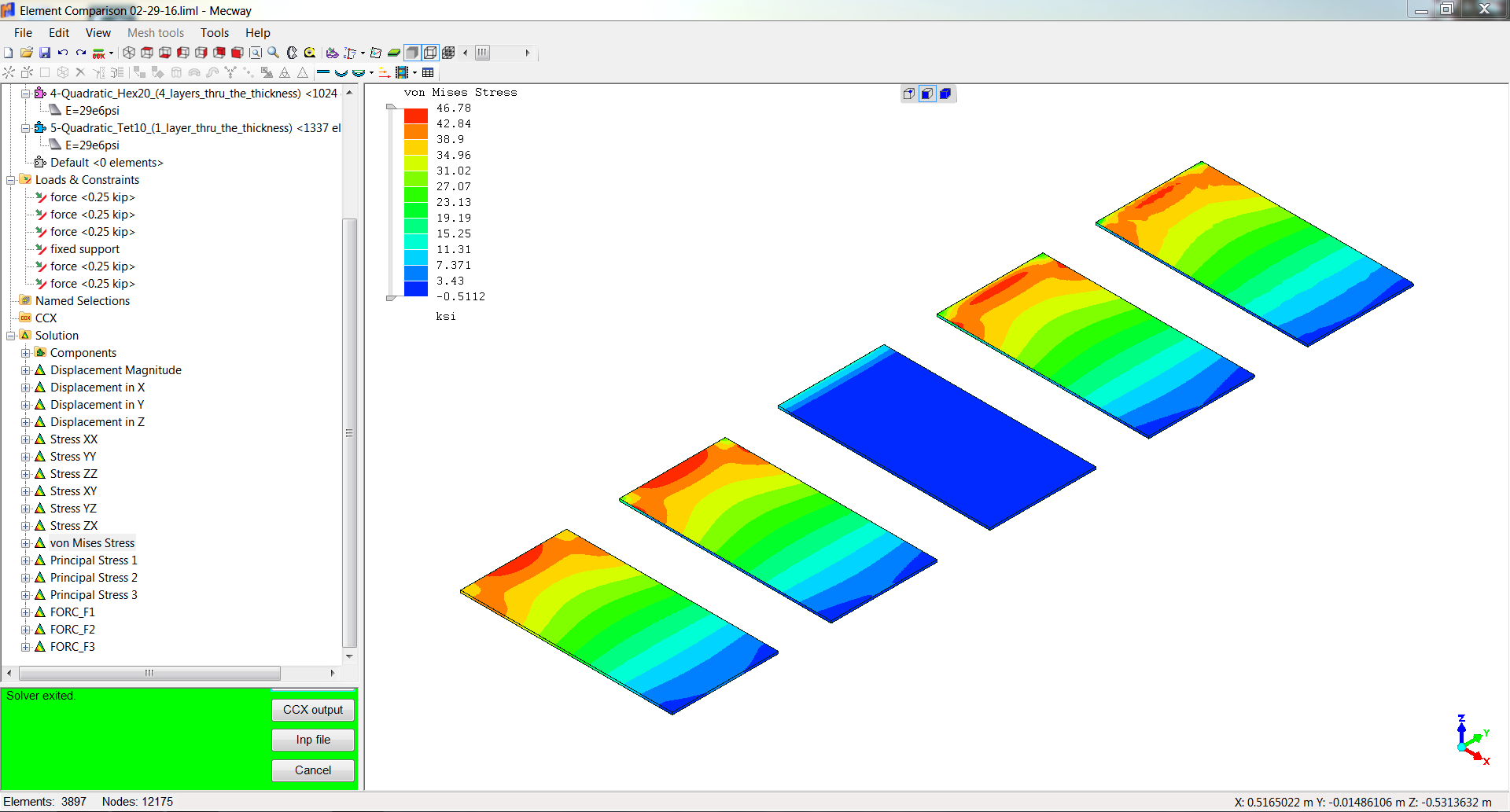
The STANDBY attribute is also utilized in the example. The TYPE attribute specifies the media type of the resource referenced by the DATA attribute while the CODETYPE attribute specifies the media type of the CLASSID data. The preceding example also makes use of the TYPE and CODETYPE attributes to allow browsers to avoid requesting a file that they cannot render. Note that OBJECT is backwards compatible with pre-HTML 4.0 browsers since they will ignore the tags and render the innermost alternate content (the text in the example). An image is given for browsers that cannot show the Java or Python applets, and text is used as a final alternative if images are not loaded. A Java version is provided as an alternative for browsers that do not support Python applets. In the example, a Yahtzee game written in Python is used if the browser supports it. This example also demonstrates the use of alternate content for browsers that cannot display the embedded object.

Java applets, Python applets, and ActiveX controls all provide implementations for the embedded object, and so are specified with the CLASSID attribute, as in the following example: The CLASSID attribute may be used to specify an implementation for the object. Many browsers require the WIDTH and HEIGHT attributes for all objects embedded using OBJECT. The value may be given in pixels or as a percentage of the parent element's width or height. The WIDTH and HEIGHT attributes define the dimensions of the object. Relative URIs are interpreted with respect to the CODEBASE attribute if it is given. OBJECT's DATA attribute specifies the URI of the embedded object. OBJECT is intended to replace the more specific IMG and APPLET elements, as well as the proprietary EMBED and BGSOUND elements, though a lack of browser support and severe bugs in supporting browsers make the other elements a better choice in many cases. The OBJECT element is used to include objects such as images, audio, videos, Java applets, and Flash animations. HEAD, inline elements, block-level elements except PRE PARAM elements followed by block-level elements and/or inline elements TABINDEX= Number (position in tabbing order).STANDBY= Text (message to show while loading).CODETYPE= ContentType (content-type of code).TYPE= ContentType (content-type of object).CODEBASE= URI (base URI for CLASSID, DATA, ARCHIVE).CLASSID= URI (location of implementation).Resources are for information purposes only, no endorsement implied.OBJECT - Embedded Object OBJECT - Embedded Object Syntax Īs temperature increases, the molecules in the balloon. To provide for alternative representations of information.

This example takes advantage of the fact the object elements may be nested Example 2: An object includes non-text content with a text alternative Įxample 3: The image object has content that provides a brief description of the function Here is some text that describes the object and its operation. Examples Example 1: An object includes a long description that describes it On the direct accessibility of the media's technology in their conformance claim,Īnd reasonably expect users will be able to access the fallback. Only rely on this technique to satisfy the success criterion if they are not relying

Without the fallback content, the media needs to be directly accessible. Situations, the fallback content will be presented to the user.

Or the user has instructed the user agent not to render that technology. Rendered by the user agent, because the user agent does not support the media technology The body of the object element can be used to provide aĬomplete text alternative for the object, or may contain additional non-text contentįallback content for the object element is only available to the user when the media loaded by the element is not The objective of this technique is to provide a text alternative for content rendered Success Criterion 1.2.8: Media Alternative (Prerecorded) (Sufficient when used with Linking to the alternative for time-based media using.Success Criterion 1.2.3: Audio Description or Media Alternative (Prerecorded) (Sufficient when used with Linking to the alternative for time-based media using.Success Criterion 1.1.1: Non-text Content (Sufficient).Applicabilityĭocuments that load media with the object element. The Applicability section explains the scope of the technique,Īnd the presence of techniques for a specific technology does not imply that the technologyĬan be used in all situations to create content that meets WCAG 2.1. They relate to the normative WCAG 2.1 success criteria. See Understanding Techniques for WCAG Success Criteria for important information about the usage of these informative techniques and how Using the body of the object element Important Information about Techniques H53: Using the body of the object element


 0 kommentar(er)
0 kommentar(er)
